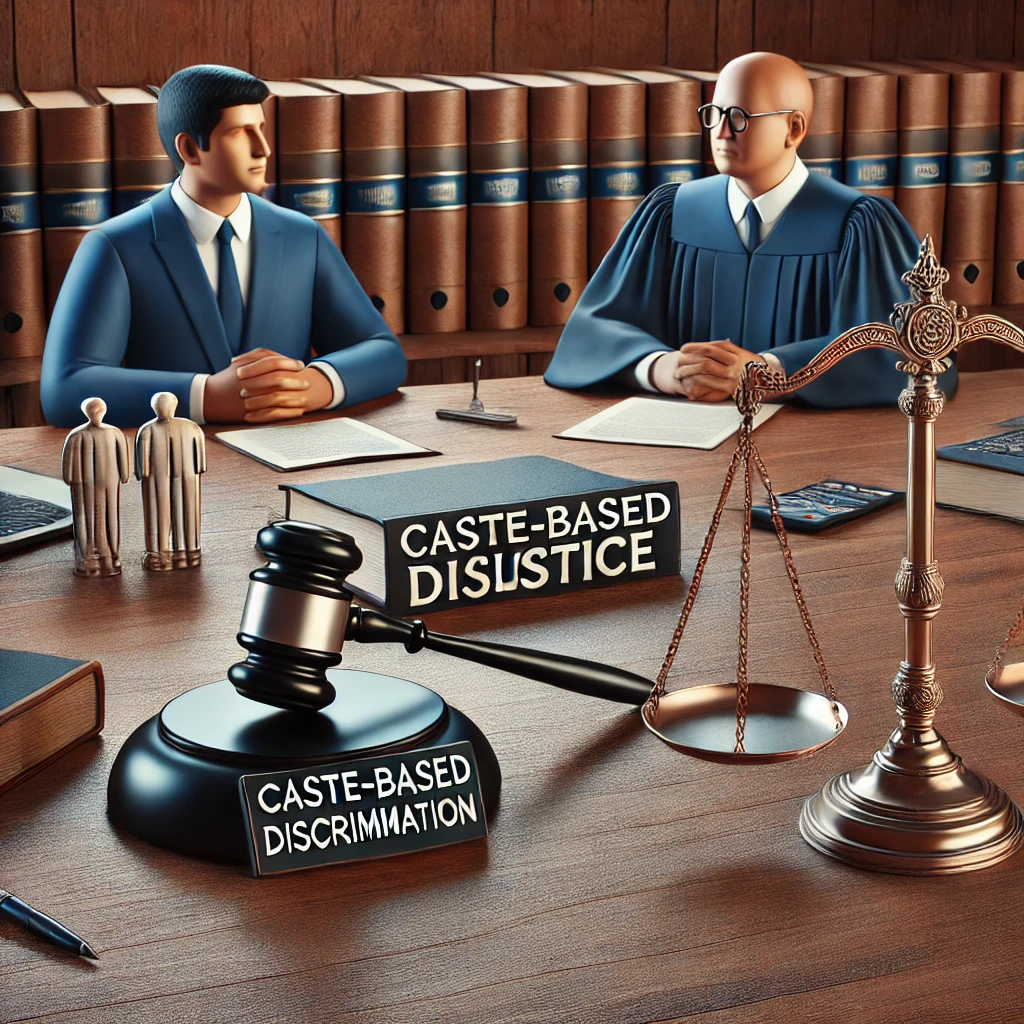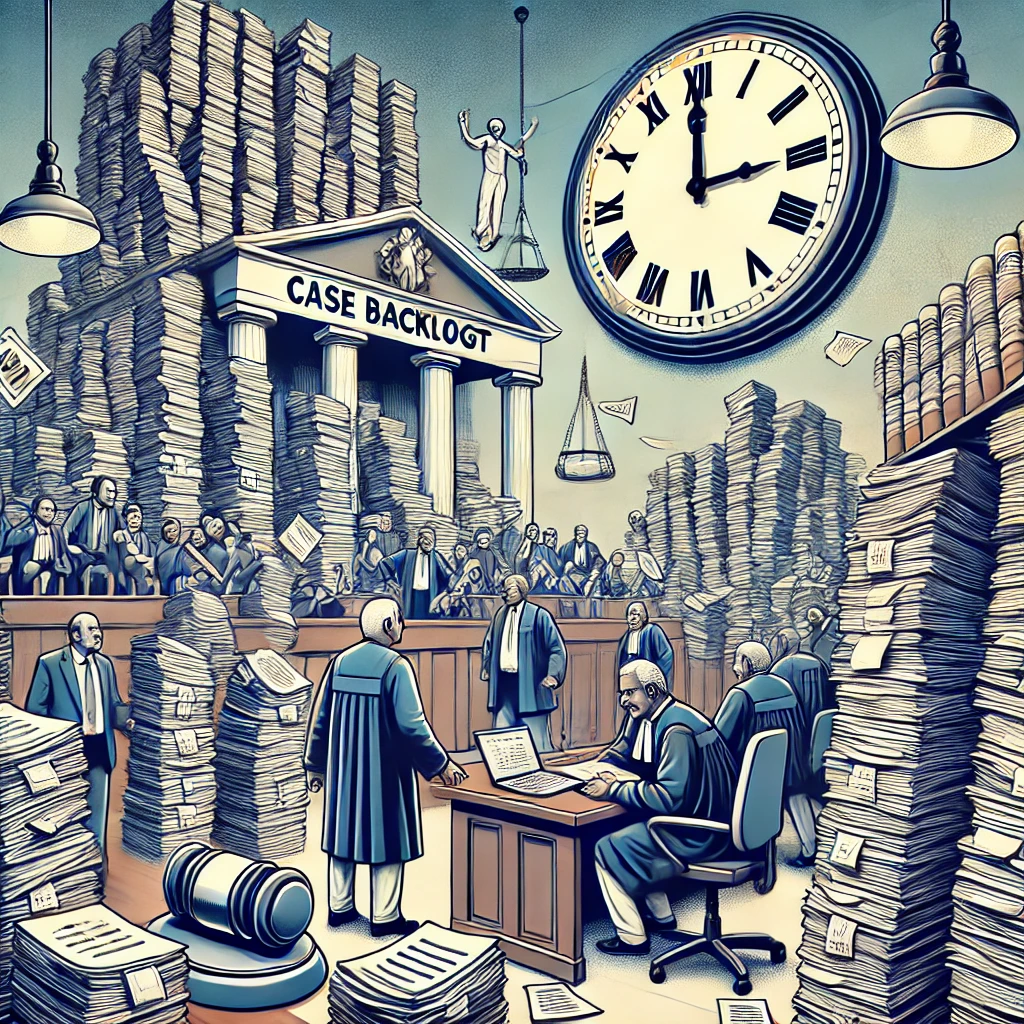Oregon Administrative Rules Chapter 436 - DEPARTMENT OF CONSUMER AND BUSINESS SERVICES, WORKERS' COMPENSATION DIVISION
1. Overview: OAR Chapter 436 – DCBS, Workers' Compensation Division
The Workers' Compensation Division (WCD) of Oregon’s Department of Consumer and Business Services (DCBS) administers Oregon’s workers' compensation system. This system provides medical, wage replacement, and other benefits to workers injured on the job, while also regulating employers’ obligations and insurers’ practices.
OAR Chapter 436 contains the administrative rules that govern the operation, enforcement, and administration of workers' compensation laws in Oregon, implementing the statutory framework set forth primarily in ORS Chapter 656.
2. Purpose and Scope
Protect injured workers by ensuring timely and fair delivery of workers' compensation benefits.
Regulate employers, insurers, and claims administrators in compliance with Oregon’s workers' compensation laws.
Set standards for claims processing, benefit calculation, dispute resolution, and enforcement.
Establish rules for workplace safety and employer reporting requirements.
3. Structure and Key Provisions of OAR Chapter 436
OAR Chapter 436 is organized into several divisions, each addressing a key aspect of workers’ compensation administration. Key provisions include:
a. Claims Processing and Benefits (Divisions 1-5)
Procedures for filing claims and notices of injury.
Rules governing acceptance, denial, and modification of claims.
Determination of compensability and benefit calculations (wage replacement, medical benefits).
Procedures for reopening claims and claim closure.
b. Medical Services and Provider Networks (Division 8)
Regulations for medical treatment under workers’ compensation.
Rules on selecting medical providers, treatment authorizations, and provider networks.
Standards for medical dispute resolution.
c. Employer and Insurer Responsibilities (Divisions 10-15)
Employer reporting and record-keeping requirements.
Rules on insurance coverage, premium calculation, and audits.
Compliance and penalties for noncompliance.
d. Dispute Resolution and Hearings (Division 20)
Procedures for administrative hearings before Workers' Compensation Boards or Referees.
Requirements for appeals and judicial review.
Guidelines on evidence and testimony.
e. Safety and Compliance Programs (Divisions 25-30)
Rules implementing workplace safety programs.
Employer obligations to prevent injuries and maintain safe workplaces.
4. Relevant Legal Principles and Case Law
The workers' compensation system in Oregon is a no-fault insurance system, but many legal disputes arise over claim acceptance, benefit calculation, and administrative procedures. Key legal principles reflected in Oregon case law include:
Case Principle 1: Statutory Interpretation in Favor of Injured Workers
Oregon courts generally construe workers' compensation statutes and rules liberally in favor of injured workers, ensuring they receive appropriate benefits unless clearly excluded by law.
Case Principle 2: Employer and Insurer Obligations
Employers and insurers have a strict duty to comply with reporting and benefit payment rules.
Failure to comply can lead to penalties and fines, as well as liability for delayed or denied benefits.
Case Principle 3: Due Process and Fair Hearing
Injured workers have a right to fair administrative hearings before benefit denial or claim closure.
Courts enforce procedural protections, including timely notice and opportunity to present evidence.
Case Principle 4: Judicial Deference to Agency Expertise
Courts give deference to DCBS’s interpretation of complex technical and medical issues in workers’ compensation disputes, provided decisions are supported by substantial evidence.
5. Illustrative Case Examples (Hypothetical Summaries Based on Principles)
Case A: A worker’s claim was denied for lack of medical evidence linking injury to employment. The court upheld the denial because the Board found substantial medical testimony that the injury was not work-related.
Case B: An insurer failed to timely pay wage replacement benefits. The court imposed penalties under OAR Chapter 436 rules, emphasizing the insurer’s duty to promptly compensate injured workers.
Case C: A worker challenged claim closure without a hearing. The court ruled that due process was violated and remanded for a full hearing.
Case D: Employer appealed a premium audit assessment. The court deferred to DCBS audit procedures and upheld the premium calculation as reasonable and consistent with administrative rules.
6. Practical Implications
For Injured Workers: Understanding the claim filing process and dispute resolution mechanisms is essential to securing benefits.
For Employers: Strict compliance with reporting, safety, and insurance requirements avoids penalties.
For Insurers: Following administrative timelines and rules reduces liability risk.
For Attorneys and Advocates: Navigating OAR Chapter 436 is crucial for effective representation in workers' compensation claims and appeals.
7. Summary Table
| Aspect | Details |
|---|---|
| Governing Body | Oregon Department of Consumer and Business Services, Workers' Compensation Division |
| Legal Authority | ORS Chapter 656 and OAR Chapter 436 |
| Purpose | Administer workers’ compensation system to provide benefits and regulate compliance |
| Key Areas | Claims processing, medical services, employer responsibilities, dispute resolution |
| Legal Principles | Liberal construction, employer/insurer duties, due process, agency deference |
| Common Issues | Claim acceptance, benefit calculations, payment delays, dispute hearings |
| Enforcement Tools | Penalties, fines, hearings, license actions |


















0 comments